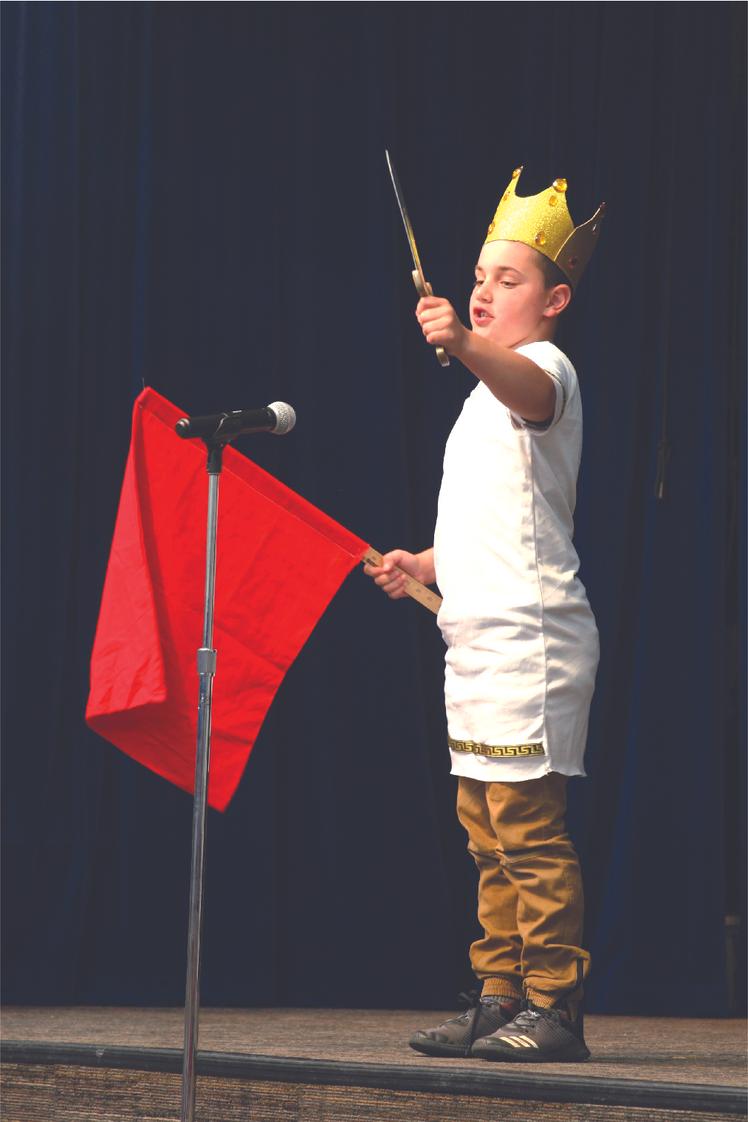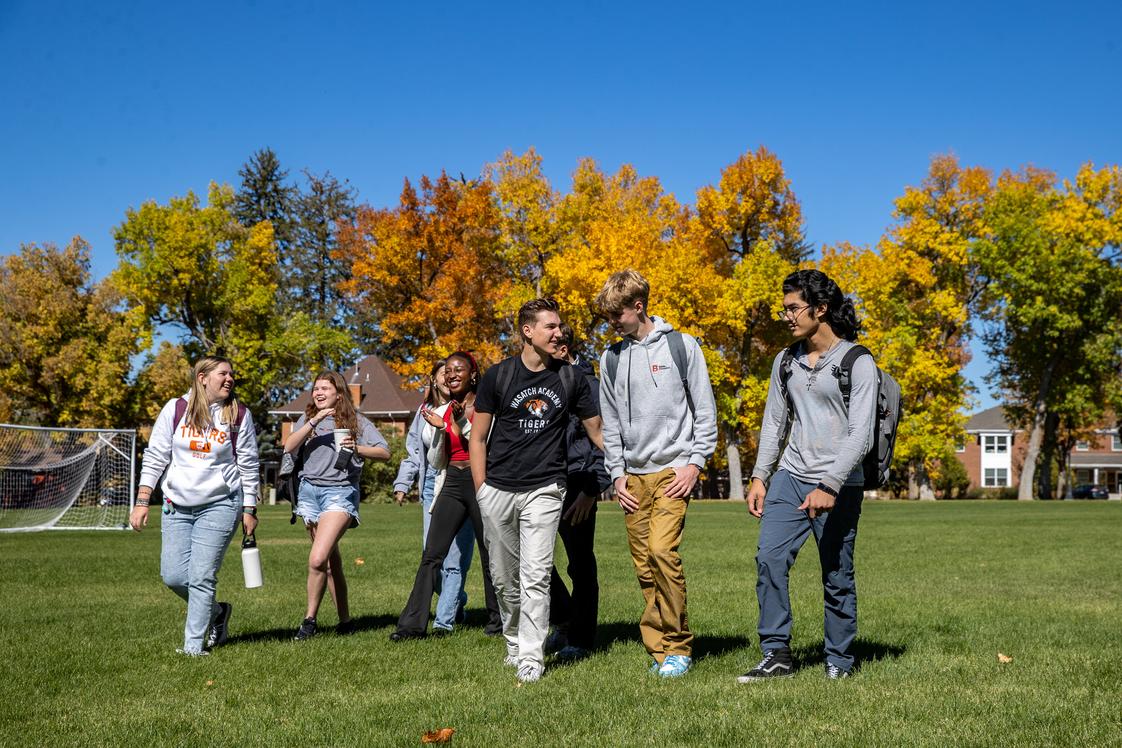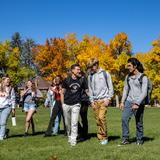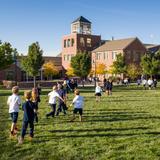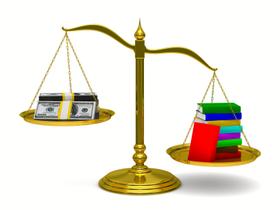For the 2025 school year, there are 6 private elementary schools belonging to National Association of Independent Schools (NAIS) serving 2,835 students in Utah. You can also find more schools membership associations in Utah.
The top ranked private elementary schools belonging to National Association of Independent Schools (NAIS) in Utah include Rowland Hall, Wasatch Academy, and The Waterford School.
The average acceptance rate is 70%, which is lower than the Utah private elementary school average acceptance rate of 79%.
Top Ranked Private Elementary Schools Belonging to National Association of Independent Schools (NAIS) in Utah (2025)
School
Location
Quick Facts
720 Guardsman Way
Salt Lake City, UT 84108
(801) 355-7485
Salt Lake City, UT 84108
(801) 355-7485
Gr: PK-12 | 987 students Avg. class size: 15 students Sports: 13 | Extracurrculars: 36 Tuition & acceptance rate listed
120 S 100 W
Mount Pleasant, UT 84647
(435) 462-1400
Mount Pleasant, UT 84647
(435) 462-1400
Gr: 8-12 | 144 students Avg. class size: 10 students Sports: 15 | Extracurrculars: 27 Tuition & acceptance rate listed
668 South 1300 East
Salt Lake City, UT 84102
(801) 583-0094
Salt Lake City, UT 84102
(801) 583-0094
Gr: K-8 | 398 students Avg. class size: 18 students Sports: 4 | Extracurrculars: 1 Tuition & acceptance rate listed
1480 E 9400 S
Sandy, UT 84092
(801) 572-1780
Sandy, UT 84092
(801) 572-1780
Gr: PK-12 | 1,093 student Avg. class size: 16 students Sports: 12 | Extracurrculars: 12 Tuition & acceptance rate listed
1280 Whispering Horse Dr
Tooele, UT 84074
(800) 244-1113
Tooele, UT 84074
(800) 244-1113
Gr: 7-12 | 50 students Tuition listed
3120 W Pinebrook Rd
Park City, UT 84098
(435) 649-2791
Park City, UT 84098
(435) 649-2791
Gr: PK-8 | 163 students Avg. class size: 14 students Extracurrculars: 2 Tuition listed
Recent Articles

Waldorf Schools
Waldorf schools offer a well thought out approach to K-12 education.
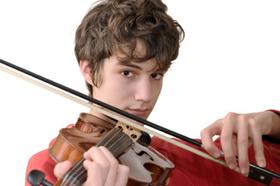
Schools For The Arts
Schools for the artistically gifted child are in short supply.

Overcoming the Tech Divide
We offer insights and strategies for educators, administrators, and policymakers to bridge the technology gap in education, ensuring that all students have access to high-quality, tech-enabled learning experiences.

